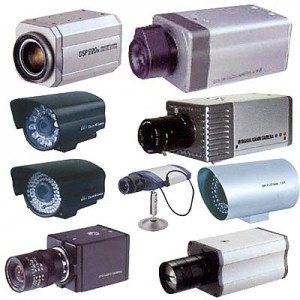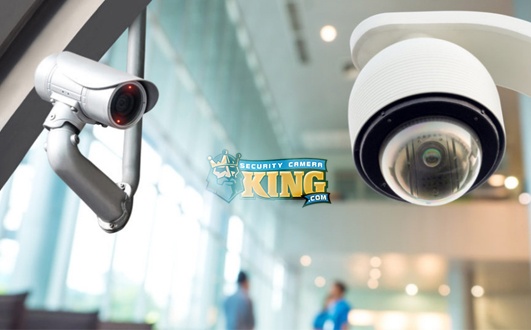 Innovative technological improvements have made it easier than ever to make your CCTV camera remotely monitored. There are basically two types of Closed Circuit Television (CCTV) cameras, analog and digital; and both can be installed for remote monitoring.
Innovative technological improvements have made it easier than ever to make your CCTV camera remotely monitored. There are basically two types of Closed Circuit Television (CCTV) cameras, analog and digital; and both can be installed for remote monitoring.
But before we describe how to remotely monitor your CCTV cameras, let’s back up a bit and talk about the system itself so that we are familiar with just exactly what is involved.
An older (by just a few years ago) typical CCTV system consisted of one or more analog video cameras. These cameras were like miniature versions of the cameras used to record television programs. Of course the quality was not as good as a full size television camera, and each camera transmitted its analog video signal through a cable that ran from each camera to the monitor and video recorder unit. Hence, instead of the video signal being broadcasted by air waves for general public viewing, the signal was sent through a “closed circuit.” This is how the term Closed Circuit Television or CCTV got its origin.
Each camera could be connected to a monitor, but the monitor would need to be within the vicinity (within cabling distance) of the camera. Unless special and expensive equipment was utilized a CCTV camera remotely monitored was not commonplace.
Contemporary video surveillance cameras are no longer analog. These cameras are digital video cameras that capture video and send it in digital format. Digital video cameras work by using one of two different sensors, each performing the same basic function; changing light focused on the sensor into an electronic image format. The sensor that is used is either a Charged Coupled Device or CCD or a Complimentary Metal Oxide Semiconductor or CMOS.
These systems send their video signals to a processing unit which is analogous to a highly specialized computer. The unit interprets the electronic data sent to it by the camera and creates a digital video file. Digital video files can be viewed on most personal computers and many DVD and other media players. The digital video file may be viewed live on a monitor and/or stored on a Digital Video Recorder or DVR.
Today’s newer systems may be designed with digital video cameras that are IP ready. IP is an acronym for “Internet Protocol.” IP cameras have built-in circuitry that allows the camera to be connected directly to the internet. Once the camera is connected to the internet, the camera can be monitored remotely anywhere in the world where internet access is available.
IP cameras may come with their own software that includes a monitoring program, but they are often designed to work with a standard internet browser (such as Internet Explorer). Users can monitor their cameras using a standard personal computer that has internet access. This is incredibly convenient for individuals that travel frequently and would like to monitor their homes remotely and for sending video surveillance images to security monitoring companies that provide 24/7 monitoring of the cameras.
So it’s relatively easy to have a digital CCTV camera remotely monitored. However, older analog CCTV video cameras can also be remotely monitored. Since the video signal from these cameras is analog, a device must be used to convert the analog video into digital video. This is normally done using a capture board.
A capture board is a hard wired circuit board that is usually part of the processing unit. It converts the analog signal into a digital video signal. Once the video footage has been converted into a digital file, it too can be remotely monitored. Whereas the newer cameras have IP technology and their own built in server, the analog camera at this point still needs to get the signal on a network or the internet.
Analog CCTV cameras that are remotely monitored use digital video servers to transfer the file from the capture board or processing unit to the internet. These servers are IP ready just like the newer cameras. Most servers can handle more than one camera input at a time. Once the server puts the original analog video (now in digital format) on the internet, it too can be remotely monitored from anywhere in the world where the internet is accessible.
So whether you have an analog or digital system, you can have a CCTV camera remotely monitored. Remote monitoring makes a security and surveillance system incredibly versatile and the systems are easy to install and are reasonably priced as well.











